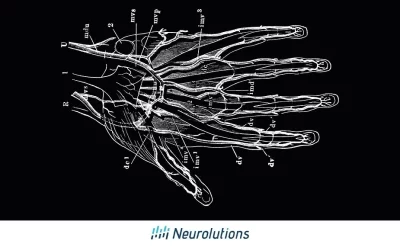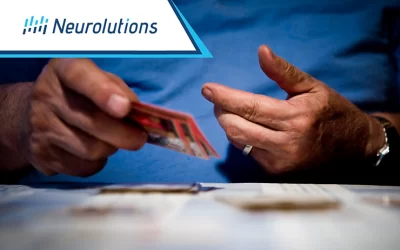How does the IpsiHand fit into an occupational therapists’ toolkit? Who is best suited for the IpsiHand? How can stroke survivors and their...
Stroke Information
and Recovery Articles
Your Resource for Understanding
Strokes and Stroke Recovery
OT Toolkit for Stroke Recovery
Introduction As an occupational therapist specializing in stroke rehabilitation, I've dedicated my career to helping individuals reclaim...
5 Innovative Ways IpsiHand Enhances your Neurorehab Program
How IpsiHand Empowers Stroke Recovery The Neurolutions IpsiHand Upper Extremity Rehabilitation System is a cutting-edge neurorehabilitation...
Gaming After Stroke
One-sided paralysis and weakness experienced by stroke survivors can necessitate occupational or physical therapy services to regain the lost...
Fine Motor Exercises for Hands for Stroke Survivors: Techniques and Benefits
Hand impairments following a stroke can impact activities of daily living, especially activities that involve reaching, grasping, and hand...
Flaccidity After Stroke: Causes, Symptoms, and Treatment Options
Flaccidity, also known as flaccid paralysis, refers to a complete lack of voluntary movement in a limb. After a stroke occurs, there is an...
Games that Help Stroke Survivors with Recovery
Strokes are a Leading Cause of Paralysis and Disability Stroke is the most common neurological disorder in the U.S., with 795,000 strokes per...
A Comparison of Orthoses and Therapeutic Devices for Stroke Survivors
Motor impairments that arise from a stroke may impact a stroke survivor's functional mobility and use of the arm and hand. Problems such as...
How Upper Extremity Orthotics Can Help Stroke Survivors Regain Mobility
Orthotics are commonly used in stroke rehabilitation to increase arm stability, prevention of joint deformities and contractures, increase...









